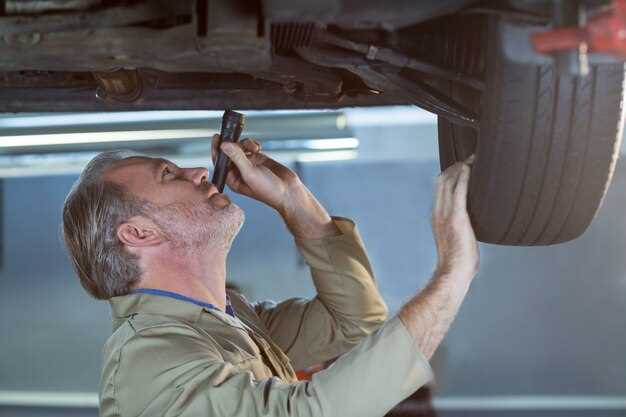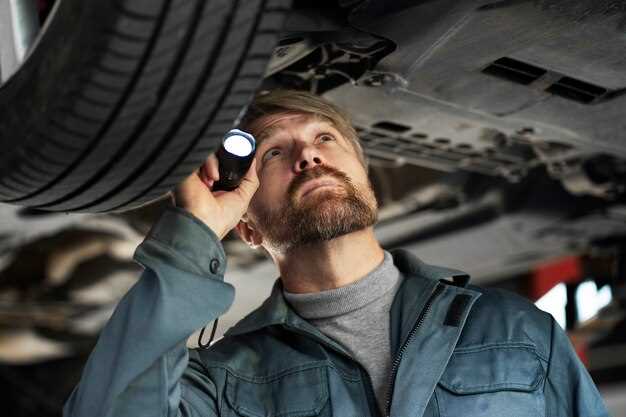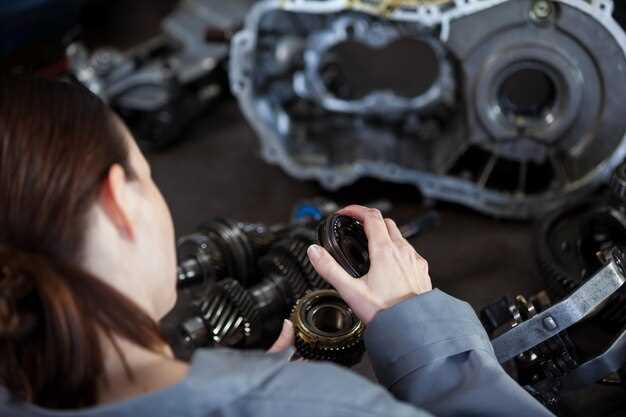
For many car owners, the Check Engine Light serves as both a warning and a source of confusion. This small but significant indicator on the dashboard can signal a variety of issues, particularly in foreign cars, which often utilize complex technology and engineering. Understanding what this light means and how to respond to it can save you time, money, and potential headaches down the road.
Foreign cars, known for their precision and performance, can exhibit different behaviors when the Check Engine Light activates compared to domestic vehicles. The underlying reasons for illumination can range from minor issues, like a loose gas cap, to more serious problems such as engine misfires or transmission failures. Therefore, it is essential to decipher the codes stored in the vehicle’s computer system to determine the exact nature of the problem.
Moreover, the approach to diagnosing and repairing these issues can differ significantly due to varying manufacturing standards and technologies. Regular diagnostics with an OBD-II scanner, specifically designed for foreign vehicles, can provide invaluable insights into what the Check Engine Light is signaling, ensuring that you can take appropriate measures swiftly and effectively.
Common Reasons for Check Engine Light Activation in Foreign Vehicles

The Check Engine Light (CEL) is a crucial indicator in foreign vehicles, alerting drivers to potential issues. Understanding the common reasons for its activation can help in timely troubleshooting and repairs.
1. Faulty Oxygen Sensors
Oxygen sensors monitor the level of oxygen in the exhaust gases. If they malfunction, it can lead to poor fuel efficiency and increased emissions. This is a frequent cause of the CEL in foreign cars, especially those with complex fuel management systems.
2. Malfunctioning Catalytic Converter
The catalytic converter reduces harmful emissions. A failure can result in decreased engine performance and increased toxicity of exhaust gases. An illuminated CEL often signals an issue with this component.
3. Loose or Damaged Gas Cap
A loose or damaged gas cap can cause fuel vapor leaks. This may trigger the CEL, as the onboard diagnostics system detects abnormal pressure levels in the fuel tank. Ensuring the gas cap is secure can sometimes resolve this issue.
4. Engine Misfires
Misfires occur when the engine fails to ignite fuel properly. They can be caused by faulty spark plugs, ignition coils, or fuel injectors. This issue can lead to poor performance and increased emissions, prompting the CEL to activate.
5. Faulty Mass Airflow Sensor
The mass airflow sensor measures the amount of air entering the engine. A malfunction can disrupt the air-fuel mixture, leading to poor performance and efficiency. This is a common issue in foreign cars that rely heavily on precision in their engine management systems.
6. Dirty or Clogged Filters
Air and fuel filters play a vital role in maintaining engine performance. If they become clogged, they can restrict airflow or fuel supply, triggering the CEL as a warning sign of reduced efficiency or potential damage to the engine.
7. Exhaust Gas Recirculation (EGR) Problems
The EGR system reduces nitrogen oxide emissions by recirculating a portion of the exhaust back into the engine. If the EGR valve is stuck or malfunctioning, it can cause increased emissions and activate the CEL.
8. Transmission Issues
Some foreign vehicles have integrated systems that monitor transmission health. Issues like slipping gears or overheating can cause the CEL to illuminate, indicating that further inspection is required.
Understanding these common reasons for Check Engine Light activation in foreign vehicles allows drivers to address potential issues proactively and maintain optimal vehicle performance.
Interpreting Diagnostic Trouble Codes (DTCs) for Foreign Cars
Diagnostic Trouble Codes (DTCs) are crucial for identifying issues in foreign cars. These alphanumeric codes provide specific information about a vehicle’s problem, and understanding them is essential for efficient troubleshooting. DTCs typically consists of a letter followed by four numbers, where the letter indicates the system affected: ‘P’ for powertrain, ‘B’ for body, ‘C’ for chassis, and ‘U’ for network issues.
When a check engine light illuminates on the dashboard, it signifies that the vehicle’s onboard diagnostic system has detected a malfunction. The first step in interpreting DTCs is to connect an OBD-II (On-Board Diagnostics, version 2) scanner to the vehicle’s diagnostic port. This device retrieves the DTCs stored in the vehicle’s computer, allowing the technician to read them and diagnose the underlying issues.
Once the codes are retrieved, it is important to reference a DTC database or an appropriate repair manual tailored to the specific make and model of the foreign car. Each manufacturer may use unique codes or slightly different definitions for the same codes, which can alter the troubleshooting process. Common DTCs for foreign cars include those related to sensor malfunctions, emission control systems, or engine misfires.
After identifying the relevant DTCs, technicians can move forward with diagnosis by conducting inspections, performing tests, or replacing parts as needed. If multiple codes appear, it is crucial to address the most critical or root cause first. Some codes may be related and can lead to more comprehensive issues if not resolved promptly.
In rare cases, DTCs may not accurately reflect the car’s condition due to software glitches or intermittent faults. In such instances, resetting the DTCs and monitoring the vehicle’s performance can help confirm whether the issues persist. Understanding the context of DTCs is instrumental in providing effective repairs, ensuring the vehicle operates safely and efficiently.
Steps to Take When Your Check Engine Light Comes On

When the check engine light illuminates on your dashboard, it’s crucial to respond promptly to avoid potential vehicle damage. Follow these steps to address the issue effectively:
-
Stay Calm and Assess the Situation: When the light comes on, don’t panic. Pay attention to any unusual sounds, smells, or changes in vehicle performance.
-
Check for Loose Fuel Cap: A loose or damaged fuel cap is a common reason for the check engine light to appear. Ensure it is tightened properly.
-
Monitor Vehicle Performance: Look for any signs of decreased performance, such as stalling, rough idling, or a loss of power. Note these symptoms for when you consult a mechanic.
-
Limit Driving: If your vehicle’s performance is severely impacted, limit driving until the issue is diagnosed. This could prevent further damage.
-
Use an OBD-II Scanner: If you have access to an OBD-II scanner, connect it to retrieve error codes. This information can assist in identifying the problem.
-
Consult Your Owner’s Manual: Refer to your vehicle’s manual for specific information related to the check engine light and potential issues it may indicate.
-
Visit a Professional Mechanic: Schedule an appointment with a certified mechanic, especially if the light remains illuminated after addressing basic issues. Provide them with any information you’ve gathered.
-
Follow Up on Repairs: Once the issue is diagnosed and repaired, ensure to follow up on any further maintenance recommendations from the mechanic.
Taking these steps can help mitigate the risks associated with a check engine light and ensure your foreign car remains in optimal condition.




